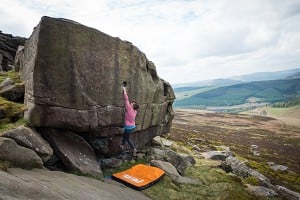
As top-end bouldering crawls closer and closer to the 9A mark, Francis Sanzaro discusses the themes of style and difficulty in the world's hardest boulder problems.
What will make the future's hardest boulders? Will they come from incredibly talented boulderers who are able to attempt problems in their home areas for decades until they can send them? Gioia is a good example of a problem in Christian Core's backyard, though it has now been repeated twice. Will Nalle's Sisu project, or Dai Koyamada’s project on Mt. Hiei be other cases here? In terms of routes, Fred Rouhling's Akira (15b) is another example of a climb near one's home that was worked over years, but which has no repeats.
Or, on the other hand, are the hardest boulders the ones not with a specific style, but with many styles "within" a problem? My wager is that the hardest boulders (the 9A/9A+ and beyond problems) are not going to come from boulders in one's backyard, since I think there are enough strong climbers out there with overlapping styles that a problem will always be able to be repeated by a (now global) handful of others. I wager that those who are able to climb at the limit of their style and work on their practice until they can climb at the limit in their non-style, will send the first 9A or 9A+. It is this type of problem that will see fewer repeats than the problem which gets worked on for years by someone, since being able to have no style is more difficult than working your style to the limit.
Let me explain.
The Progression
What seems to be happening in hard bouldering is this—many top tier boulderers are able to climb extremely hard in their respective styles. This is quite obvious. Some top climbers have noted that 8B+ or 8C may be the limit of pure power problems. Why is that? It could be simple physics.
A recent NYT article claimed that the top speed of the baseball pitch has probably been reached, around 100-105 mph. Glenn Fleisig, a biomedical engineer at the American Sports Medicine Institute, stretches tendons and ligaments from cadavers to the snapping point as proof that the body has very real physical limits when it comes to athletic performance. In other words, though pitchers are becoming increasingly valued for their speed, according to Fleisig a 110 mph fastball will never become the new average.
You hear it all the time by the strongest climbers when they send something at their limit—"It suited my style perfectly." But what about other 8C problems that are not their style? If one could peer into the future of hard bouldering, I imagine that the hardest boulders of the future will not just be a powerful 8C into 8C (as Woods, Hukkataival, and Graham, among others have noted) but links of 8c of extremely divergent styles.
The progression of hard modern boulders is quite logical, which began with pure power problems hovering around 8B+/8C, suiting a climber's specific style. Paul Robinson's Lucid Dreaming is perhaps a good example. Next are 8C/8C+ problems linking numerous powerful boulders or moves (Gioia, From Dirt Grows Flowers, Livin' Large, Terranova). These are longer problems, and different styles are needed to climb them. One thinks here of From Dirt Grows Flowers with its technically powerful moves down low only to finish with a tricky 8A topout. It is the tricky topout that has forced many of its repeaters to go left, avoiding the original 8A topout, which went straight up.
From here the future of hard boulders may by akin to From Dirt Grows Flowers, except that the topout would be an 8B+ mantle into a legit 8B+ slab, a type of problem that would repel all but the best climbers who can adapt in a profound way to the movement the rock requires. These boulderers would have to have equal parts Johnny Dawes and Fred Nicole, which is not a likely combination. The hardest 8C+/9A boulders, and therefore, the best boulderers of the future will be those with the ability to cater themselves to this extremity. And this is much, much harder than it seems.
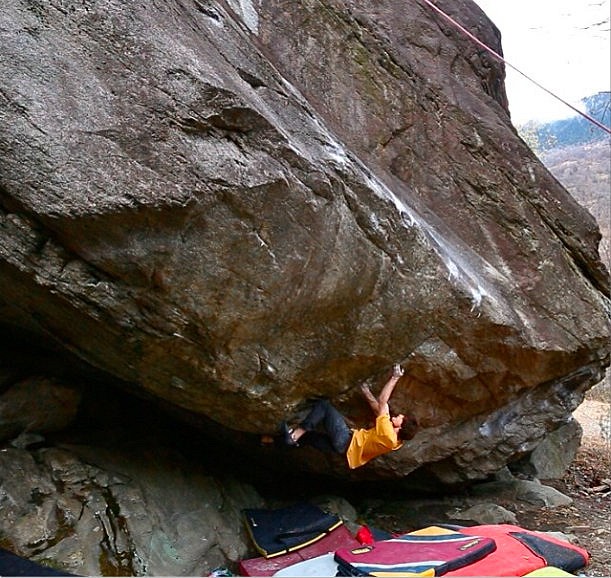
Do We Have a Problem?
A quick glance at how other sports have managed the difficulty plateau can help us better understand our own situation. Do we have a situation? Perhaps yes, perhaps no. But most likely yes. Without a tape measure, a standardized track or a clock, we have no objective standard.
Track runners always run on the same surface, and the pitcher’s movement is fairly monotonous, but the “field” for climbing is ever shifting. What is unique to climbing is the constantly shifting stage on which climbers perform. Yes, it happens to always be on stone (or plastic) but it is as if the lines of paint are redrawn every time we work a new project. We don’t master a performance on an unchanging apparatus, but master many performances on changing apparatus.
Disregarding work ethic and training time, recent research (especially that of David Epstein) has proven that top athletes are different from the rest of us—high jumpers have longer achilles’ tendons, baseball players better eyesight, and so on. So, what is climbing's key ingredient? Tendons? Tendon strength is absolutely crucial for hard climbing, that much is true. But does having incredible eyesight really enable you to hit a 95 mph fastball? No, it doesn’t. But it does provide the occasion to get to the top quicker once you have mastered the movement of a swinging bat. Good tendons may get you up a local crimpfest even when you’re a shitty climber, but they do not make you a better climber.
We can therefore scratch out tendons as to what makes a top climber. For example, modern boxing has roughly 17 weight divisions within a 100lb range, from Mini Flyweight (up to and including 105lbs) to Heavyweight (200+lb). At the low end of the scale, if you gain an extra three pounds, you change divisions, while for the upper divisions it's still around 10 pounds. Body type is an occasion, and “achievement”—as in division belts—is relative.
The issue is that climbing movement is so diverse that it will most certainly never be able to "weed out" particular body times. For climbing, advantage seems to vary from climb to climb and boulder to boulder. A 12 year old boy who can fit his hands into a slot and send a v14 that we adults never could surely has an advantage on that problem. Given the relative size of fingers and knuckles, all crack climbers know the relativity of grades for thin cracks. But give the same 12 year old boy a reachy sloper move and he's shut down. And for the muscled 6'2" boulderer, a crunchy v8 move can feel ridiculous.
Furthermore, plateaus are inevitable. The increased scale of difficulty in bouldering over the last 30 years will almost certainly not repeated itself. Gill climbed v9 in 1959, and so, if we are currently at v16, does this mean we will be at v23 in 2063? No way. This jump in difficulty was due primarily to the youth of the sport. For mature sports, plateaus are common. It took a hundred years to shave off a second on the hundred meters. In 1912 American sprinter Donald Lippincott ran it in 10.6 seconds. In 2009 Usain Bolt ran the hundred meters in 9.58 seconds. A hundred years for a second. And there is a limit to what the body can withstand athletically, however murky, mysterious or unclear that limit is.
Doing it for the Camera, Again
Another factor remains curious about bouldering's greatest feats—they are largely repeatable. I've see Christian Core do Gioia (v16) on at least three videos. This is no criticism of Core at all, really, but only an observation that our hardest feats are repeatable. Go ahead and ask Usain Bolt to repeat his 100 meter world record for the camera one afternoon when he feels “solid.” Chances are he couldn't.
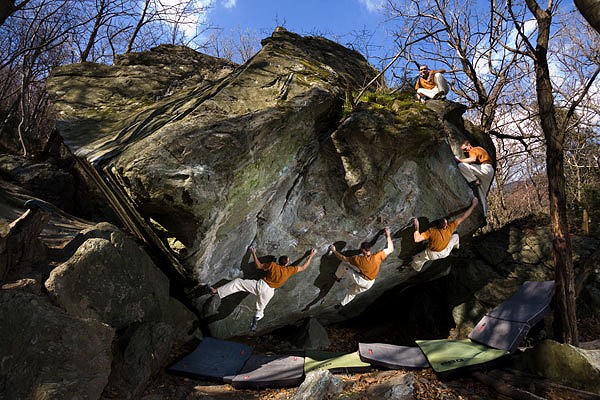
Why are some athletic feats more repeatable and others not? While that's a topic for another article, as regards the future of hard bouldering, it is worth mentioning that the hardest problems in the future will have to contain an element of chance, or improbability, however defined. The boulderer will have to eek by with a performance that he feels lucky to have been given.
What Makes a Revolution
The future of hard bouldering is not just in the moves, but in how we move. And there is a difference. Sports are often changed forever by revolutions in movement. Take the highjump for example. For decades people would jump over the bar with the scissor, straddle or western roll method—don’t worry about the details, since you have never seen one of these methods used in competition. And for good reason. But then in 1968 at the Olympics in Mexico American Dick Fosbury jumped over bar backwards, and head first. This is the type of jump we all know. He won gold. People were stunned, and the sport was changed forever. People perfected the new technique so well that Dick Fosbury didn’t even qualify for the games four years later. Muhammad Ali changed boxing with the rope-a-dope, and Michael Jackson did the same with the moonwalk (though he didn't invent it).
The type of movement of the future will employ a full body dexterity, even more than we require today. This type of movement will dominate the hard problems of the future. Take The Dagger (v14) as an example. The type of double toe hooking would not have been on the radar of boulderers in the 1970's, the few that there were. Movement was more "conservative" then, if that's a good word to use. It was still tied to mountaineering in that three points of contact was desired (John Gill not included here). The type of movement required by the The Dagger was not envisioned, and so those boulders were overlooked. Do we overlook boulders today that contain the movements of the future? Absolutely. Blindspots are inevitable.
No Style
Bruce Lee once said, “When one has no form, one can be all forms; when one has no style, he can fit in with any style.” When it comes to fighting, style makes you predictable. And that is dangerous. But while style is beneficial to send at your absolute limit—since you can find a problem that suits you—it is probably more a hindrance in the end.
What is unique to climbing is the constantly shifting stage on which climbers perform. Yes, it happens to always be on stone (or plastic) but it is as if the lines of paint are redrawn every time we work a new project, which is why we can't really employ clocks or measuring tapes or other objectives for our scale. We don’t master a performance on an unchanging apparatus, but master many performances on changing apparatus. Hence, we value climbers who are adept at the many styles and methods boulder problems require. Moreover, as we are beginning to see the top of the ceiling for bouldering grades, I would say that we are already seeing trends in this direction. The future of bouldering is not the hardest boulders per se, but the best boulderers. And there is a difference. An emphasis on flashing problems or dispatching many problems in an area very quickly all attest that bouldering is rewarding a particular type of talent—the ability to have no style at all.
Movement is not difficult per se—movement just is. It is only difficult for the body undergoing it. Having an entrenched preference (i.e., style) will hold you back from performing, or inhabiting, movement in a more profound way. Style is a straitjacket.
Read a UKC Article by Björn Pohl about the future of bouldering.
- ARTICLE: The Zen of Climbing 19 Apr, 2023

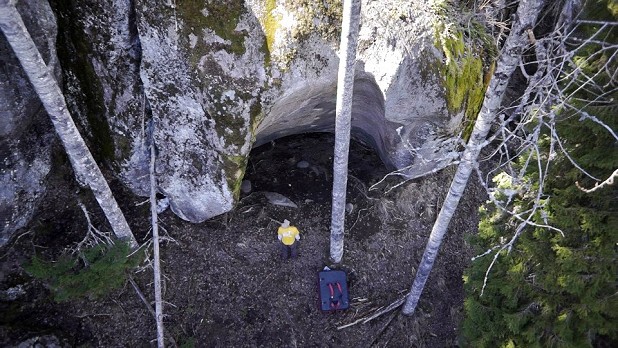
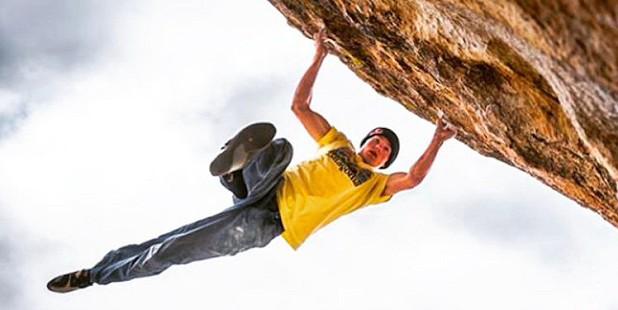
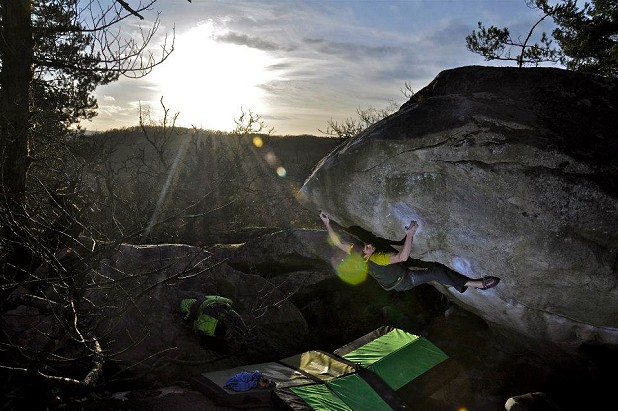
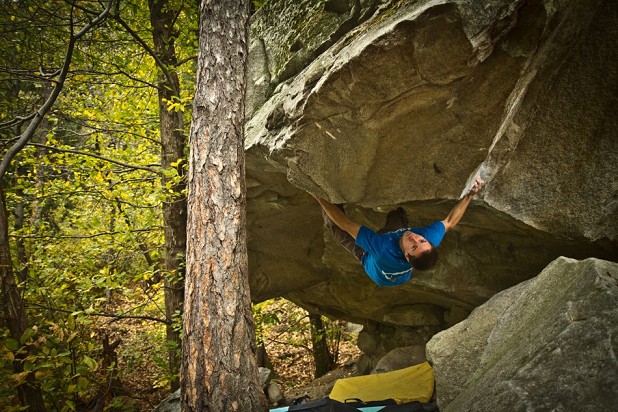
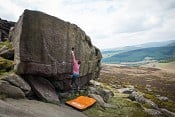

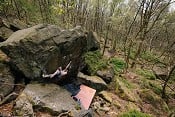
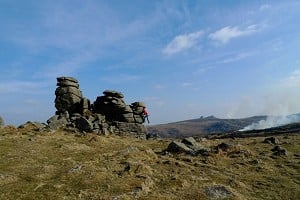
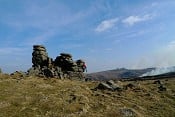








Comments